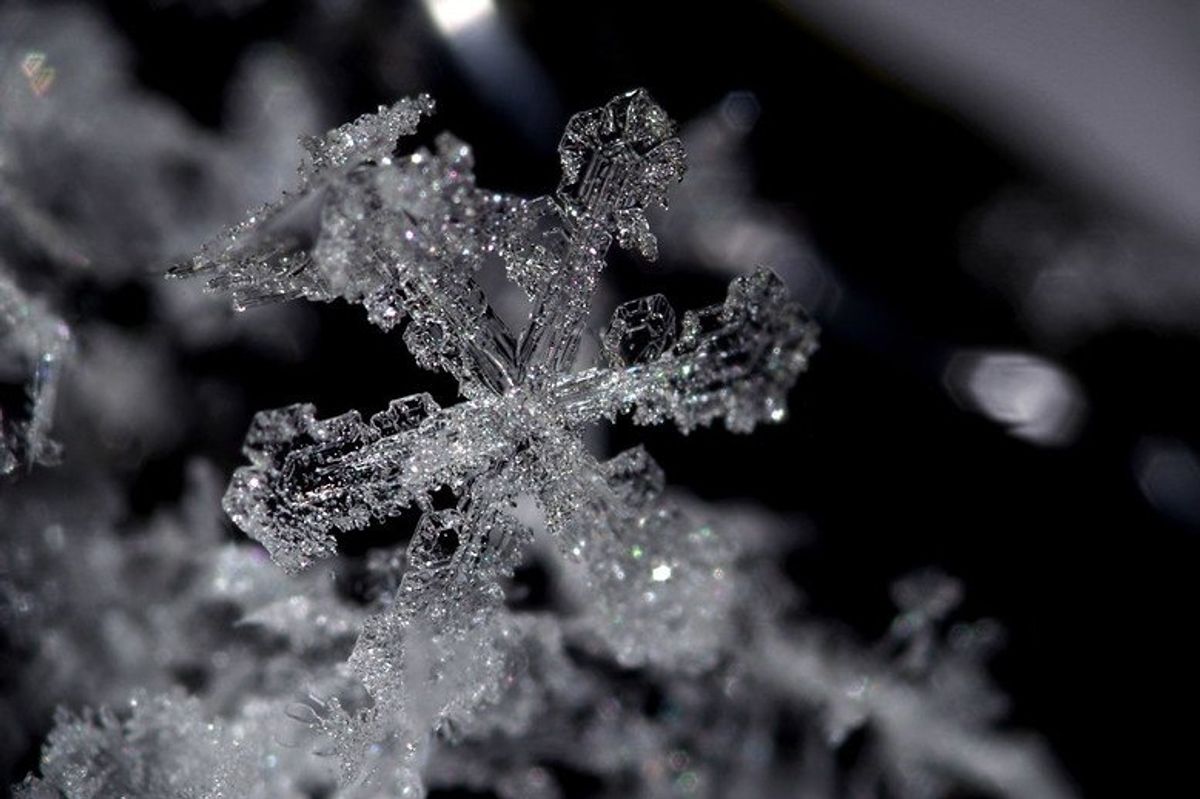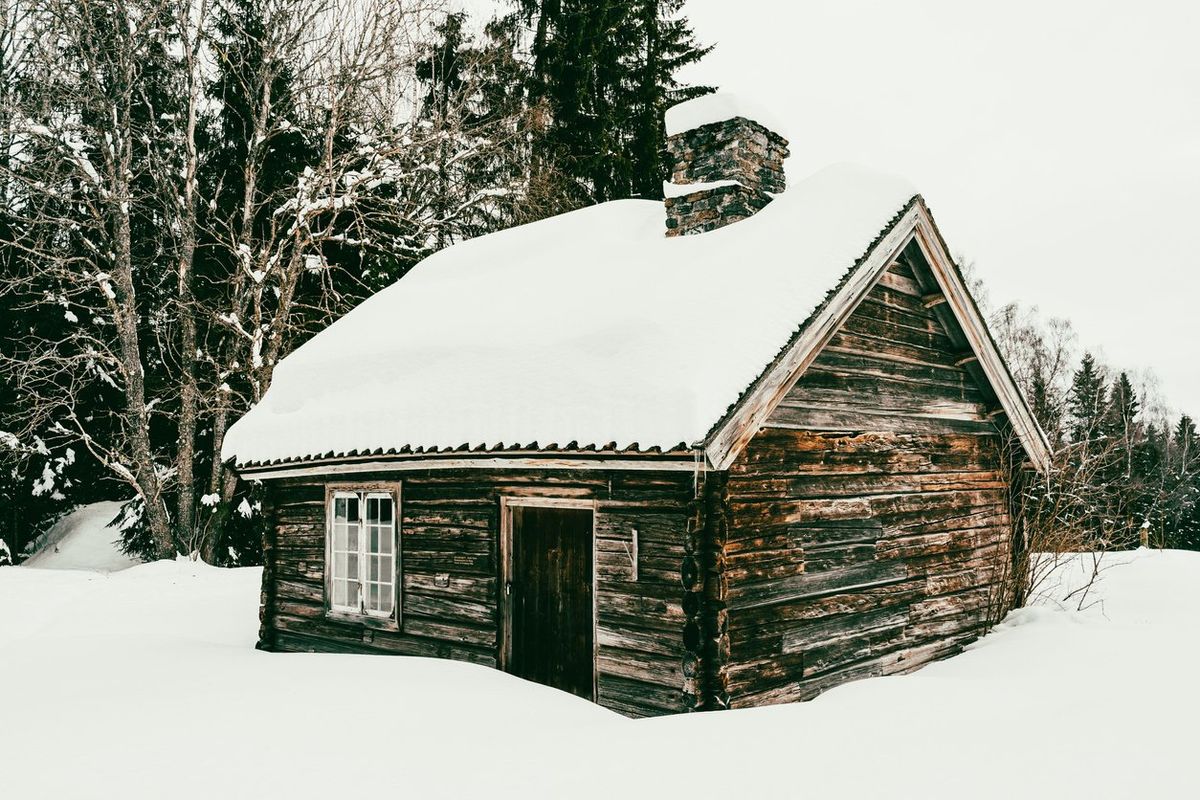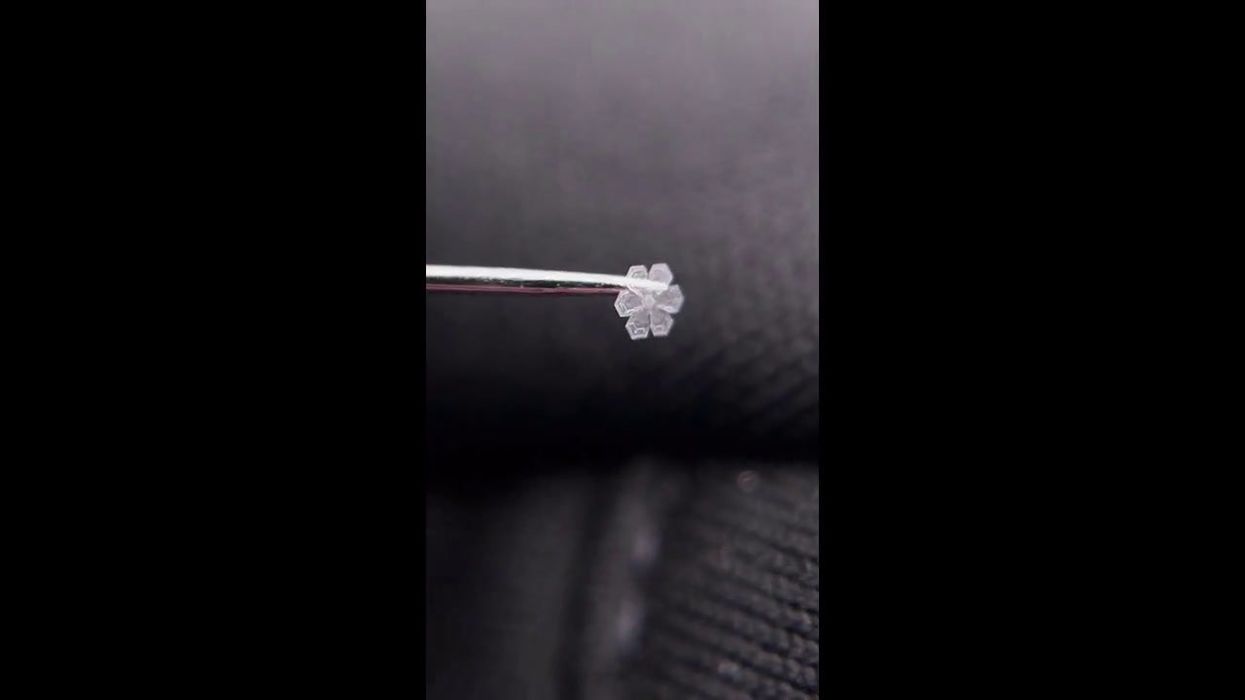Harriet Brewis
Dec 19, 2023
Most snow crystals are microscopically tiny
BVIRAL / VideoElephant
Next time you’re dreaming of a white Christmas, imagine seeing snowflakes the size of large Domino’s stuffed crust pizzas crashing down outside your window.
This was a staggering reality for a town in the US back on 27 January 1887 (when fast food chains didn’t even exist as points of reference).
That night, a “fierce winter storm dropped snowflakes described as ‘larger than milk pans’ over the Clark Fork River valley, in the vicinity of a ranch owned by Matt Coleman, near Missoula, Montana,” according to the Guinness World Records.
“Reports suggest that they were up to 1ft3in (38cm) wide and 8in (20cm) thick.”
To use our pizza illustration one last time, a large Domino’s is a mere 34.3cm wide and less than 1cm thick, so these icy apparitions truly were monsters.
As extraordinary as this all was, there’s an important distinction we should now make between snowflakes and snow crystals.
The chunky ‘milk pans’ were not blown-up versions of the tiny, ornate dendrites that inspire countless festive decorations (snow crystals), rather, they were clumps of numerous crystals smushed together, as IFLScience notes.

And yes, it’s confusing because we tend to refer to snow crystals as flakes but that’s not entirely accurate.
A snow crystal is, as the name suggests, a single crystal of ice, while a snowflake is a more general term used to mean an individual snow crystal, a few crystals stuck together, or large agglomerations of snow crystals, known as “puff-balls,” according to physicist Kenneth Libbrecht.
Libbrecht, a professor at the California Institute of Technology, has dedicated his career to solving the mystery of why snow crystals form in different shapes.
“That was a puzzle it just seemed like somebody should solve,” he told IFLScience.
“[It’s] an embarrassment to the scientific community that we don’t know how that works. I mean, this stuff falls out of the sky.”
He has also spent more than 20 years in the lab attempting to figure out once and for all whether it’s true that “no two snowflakes are alike”. And his conclusion?
“It depends on exactly what you mean by alike,” he told the website. “And what do you mean by a snowflake?”
“In the lab, we make tiny, tiny little snowflakes the diameter of a human hair, and most of them are just simple hexagons, and they all look alike. Those tiny crystals are outside too, and if you see them, they’ll look alike, but they’re awfully small.”
However, he continued: “If you look at big stellar crystals, then no, they’re very complex. And the complexity comes from the conditions during which they grow […] You can estimate how many different ways there are to make a snowflake, and it’s just an astronomically large number.”

Speaking of large, what’s the record for the biggest individual snow crystal?
The answer, again, lies with Libbrecht who found the prize-winner while conducting observations out in the wild.
The crystal measured 10mm (0.39 in) from tip to tip, which might sound pretty tiny, particularly when you consider those giant pizza flakes.
But, given that the diameter of a typical stellar dendrite is between 2mm and 4mm, it’s actually pretty colossal in its own right.
Sign up for our free Indy100 weekly newsletter
Have your say in our news democracy. Click the upvote icon at the top of the page to help raise this article through the indy100 rankings
Top 100
The Conversation (0)














